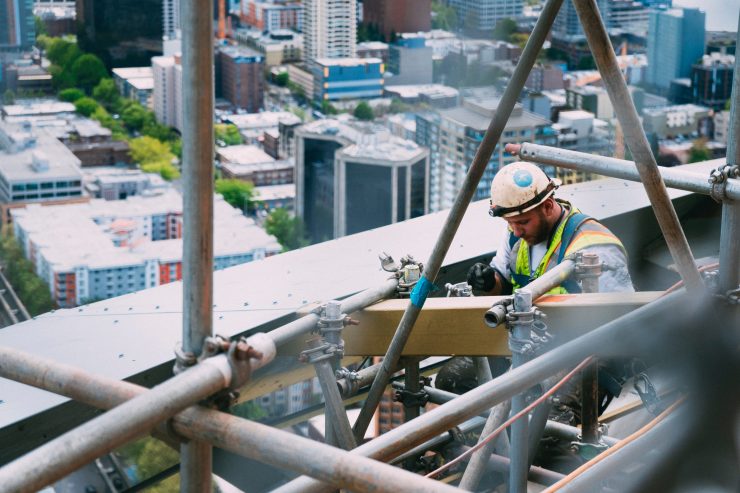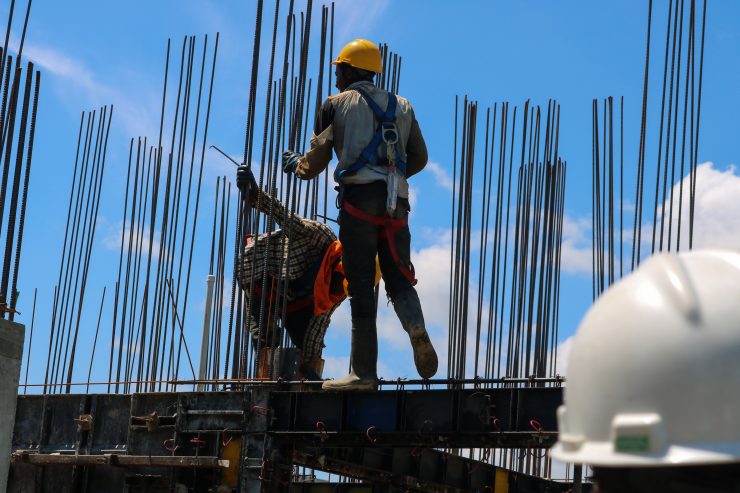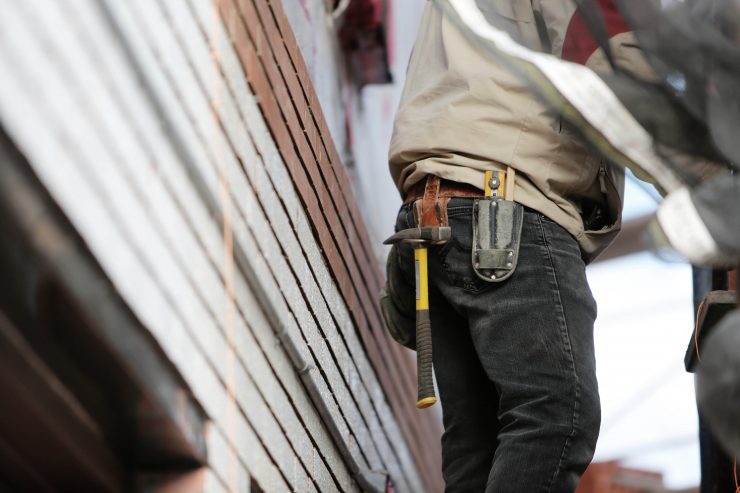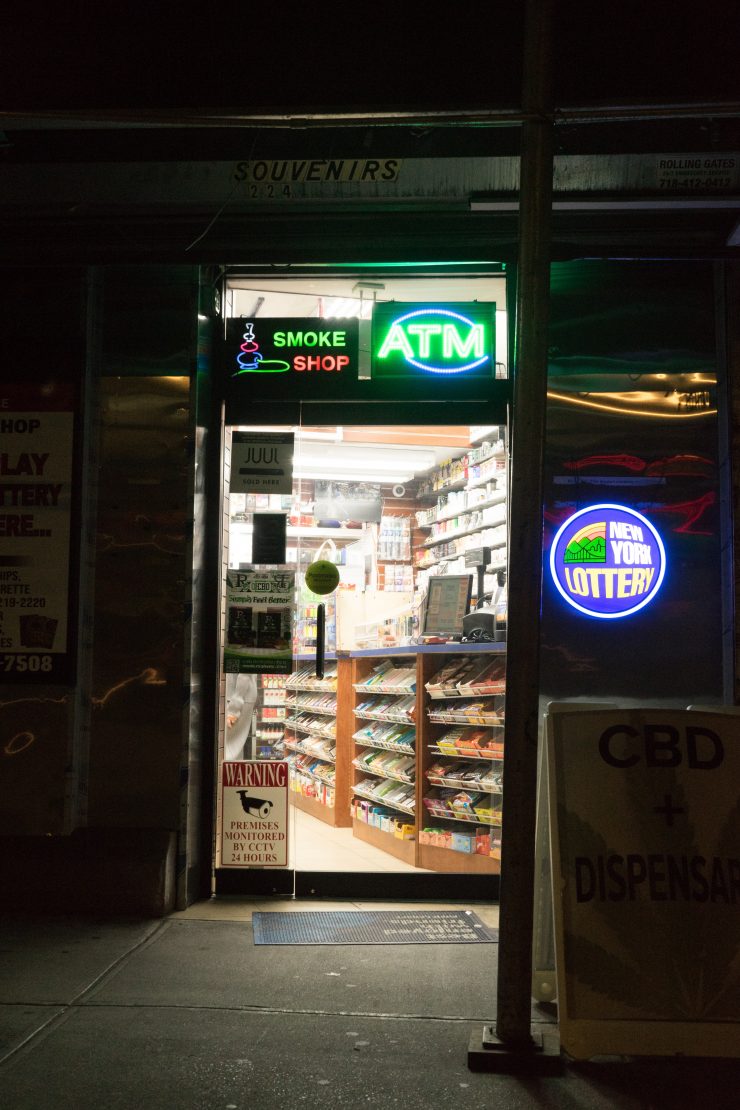There are numerous ways to structure a construction contract. Depending on the expertise of the project owner, the presence of other parties (such as a third-party project manager), the particular goals of the project owner or developer, and many other factors, one project delivery method might be best suited for your endeavor (relative to other methods). Regardless of which project delivery method you choose, there are some universal obligations assumed by the two main parties in a project: contractor and owner.
Owner Duties
Again, the level of involvement a particular owner has during the construction process depends on many factors. Generally, though, the project owner is responsible for securing funding for the overall project and disbursing funds to the general contractor (or other party who coordinates the actual construction). The owner is assumed to have either ownership over, or at least the rights to, the land being used in the project.
Contractually, the project owner has a duty to cooperate with the general contractor during every phase of the process. When dealing with the general contractor, the owner has a duty not to interfere with the construction process and allow the parties involved in the construction to operate freely. Another stipulation, required by law, is that owners should not act to purposefully delay the completion date for any reason.
Contractor Duties
There are countless ways that a contractor can be involved in the construction project. Usually, a general contractor (also called a prime contractor) is tasked with coordinating on-site personnel and overseeing the actual construction. Another important duty of a general contractor is hiring subcontractors to provide specialized services (like electrical and plumbing).
Regardless of the provisions of a specific construction contract, the general contractors involved in a project have an obligation to provide services and perform under the contract in a “workmanlike,” or appropriate manner. One other important duty of contractors is to inform the owner of any conflicts between the project specifications and applicable laws. Any obvious defects should also be disclosed to the owner if discovered by the contractor.
The best way to ensure that all parties are obligated to perform to specific standards is to have a well-structured and thoroughly negotiated contract. While there are some general obligations under common law that each party must adhere to (essentially that everyone must act in good faith), there can be a surprising amount of leeway during projects that can have devastating results for either party.
Florida Construction Law Group is singularly focused on providing representation to parties in a construction project; we can help resolve disputes in an efficient manner and prevent costly disputes at the outset of a project. Sound like what you need? Give us a call today at 305-227-4030.























